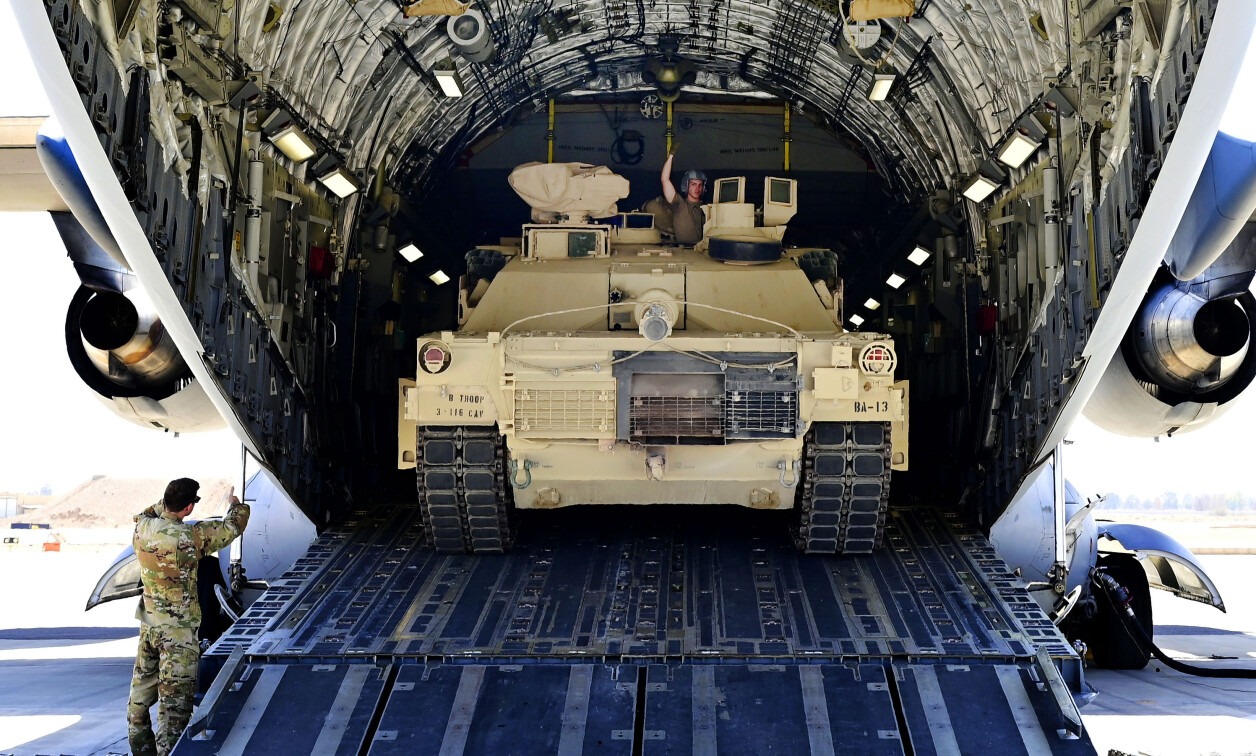GUEST BLOG: Why Ukraine needs battle tanks: The technologies behind the multinational pledges to bolster Ukraine’s front lines
BlogMarch 13, 2023

A year ago, sending NATO battle tanks to a non-NATO nation fighting a war against Russia would've been unthinkable. Kyiv’s long campaign for support from western nations seemed to fall on deaf ears, even though many experts agreed that the need was there. Now, however, Germany, Denmark, and other European nations are sending Leopard 1 A5 and Leopard 2 A6 tanks to Ukraine; Britain has sent a squadron of Challenger 2s; and the U.S. is sending a battalion of 31 M1A2 Abrams tanks.
While these efforts are likely the result of long-term political plans to strengthen the Ukrainian army’s chances against invading Russian forces, the decisions behind these policy turnarounds are bolstered by the technologies in each vehicle. Most experts believe the conflict may continue for many months, if not years, so sending the right equipment into the field is just as important as any high-level strategic objective.
The culmination of long histories in warfighting
Leaving your “NATO supporting non-NATO” astonishment aside, let’s think about the technology in each ground vehicle.
Among the most capable in the world, the diesel-powered Leopard 2 battle tank can trace a long history back to the German Panzer family from World War II. First introduced by Krauss-Maffei in 1979, the tank and its iterations now operate in more than 20 countries around the world, including Germany, Austria, Canada, Poland, and Indonesia.
The Vickers-built Challenger 2 (C2) first served in the British Army in 1998, featuring a 120 mm rifled main gun and protected by second-generation Chobham composite armor. The C2 boasts an impressive service record: The only time a C2 tank was destroyed was during a friendly-fire incident in 2003.
The history of the M1 Abrams doesn’t link directly back to the U.S. World War II Sherman tank. Instead, the Chrysler Defense (now General Dynamics Land Systems) battle tank is a generation beyond the successful American M60 Cold War machine. Built for modern warfare and defense, the M1 is powered by a multifuel turbine engine and protected by Chobham composite armor. (Figure 1.)
[Figure 1 | Airmen assigned to the 816th Expeditionary Airlift Squadron unload an Army M1A2 Abrams main battle tank off a C-17A Globemaster III aircraft at an undisclosed location within the U.S. Central Command area of responsibility. U.S. Department of Defense photo/ Air Force Master Sgt. Matthew Plew.]
Technology on the move
All these vehicles are full of embedded electronics meant for fire-on-the-move accuracy, coordinated battlefield attacks (along with artillery), and joint communications. Much more than offensive strength, they’re also digital vehicles built for our data-driven age, equipped with VME and OpenVPX components, plus myriad small-form-factor (SFF) vetronics boxes to support real-time command, communications, and intelligence in addition to fire control.
There are three main versions of the M1 Abrams and several variants, each offering improved armament, protection, and electronics capabilities. The Ukraine-bound M1A2 variants brought significant changes to the older M1A1, including the following components:
• Digital hull electronic unit/turret electronic unit (HEU/TEU) with higher-performance slip rings.
• Digital closed-loop control system to stabilize the main gun for increased accuracy on fire-on-the-move operations to kill a target while the vehicle is pitching violently over rough terrain.
• Commander’s independent thermal viewer (CITV) to enable the tank commander to locate, identify, and designate a new target separate from the existing target, followed by slaving the gun to the new target in a rapid 1-2-3 motion after the current gun action completes. This queued set of actions makes the vehicle’s kill ratio and time to kill the highest on the modern battlefield.
• Improved situational awareness and digital integration between current on-vehicle sensors and future coordinated Army, U.S. Joint Forces, and NATO battlefield sensor suites.
The U.S. has long planned for a scenario like we’re seeing now in Europe, with Desert Storm (1991) first showcasing the Abrams tank and the Army fine-tuning battlefield requirements and doctrine for modern digital-heavy armored warfare.
The key here is that the Ukraine front lines will have the support of technologies considered state-of-the-art and more powerful than many Soviet-era tanks fielded by both Russian and Ukrainian forces.
The irony is that it won’t be the Americans driving their Abrams tanks on the European battlefield. But when it comes to advances in technology, perhaps that doesn’t matter.
Chris A. Ciufo is Chief Commercial Officer and Chief Technology Officer at General Micro Systems




